The Netflix original series Dead to Me can be used as a filmmaking reference for how to utilize the Sony Venice and Cooke S7/i lenses to get the full-frame look with all its glory. Read below about the creation process from cinematographer Toby Oliver, ACS.
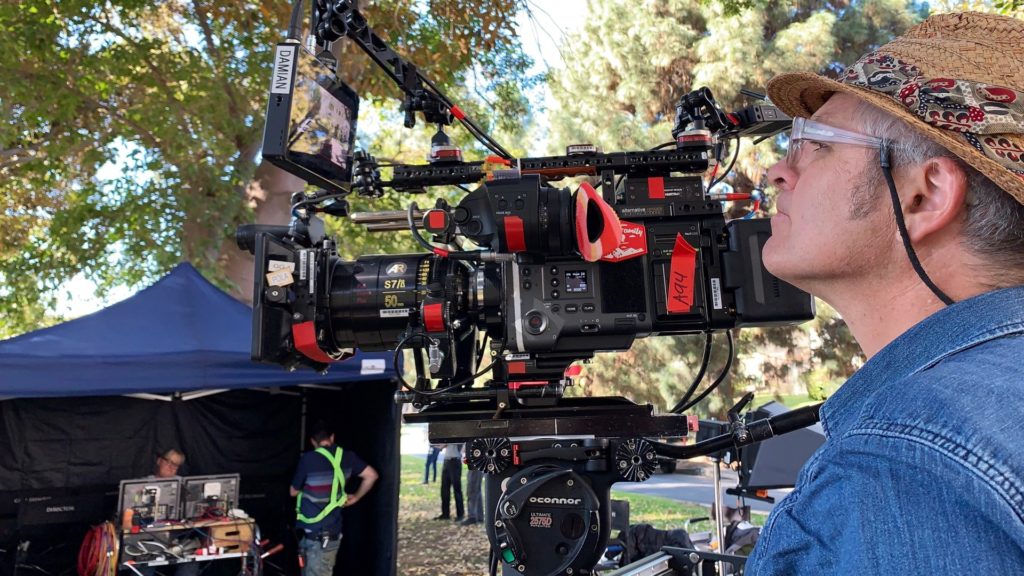
Netflix’s “Dead to Me” and the “Cooke Look”
With season two set to air in 2020, the series chronicles the story of a powerful friendship that blossoms between a tightly wound widow and a free spirit with a shocking secret. The series was created by Liz Feldman and season two was shot by cinematographer Toby Oliver, ACS who aimed for the large format look. “Liz wanted to maintain as much of the overall look of season one as possible, but she also wanted the main actresses to appear warmer on screen,” said Oliver. “To improve the photography from the first season, I decided that the Cooke S7/i Full Frame Plus prime lenses would give her exactly what she was looking for”. According to Oliver, the Cookes excel in close-ups by enhancing their appearance. “There’s just something about the ‘Cooke Look’ that makes actors look really good on screen – it gives the skin a nice glow” Oliver adds.
There’s just something about the ‘Cooke Look’ that makes actors look really good on screen – it gives the skin a nice glow.
Cinematographer Toby Oliver, ACS
Cooke S7/i
The Cooke lenses chosen for the job were the S7/i, which are designed to cover the emergent full-frame cinema camera sensors up to at least the full sensor area of the RED Weapon 8K (46.31mm image circle). We wrote about these lenses on the contexts of IMAX filmmaking. The S7/i are indeed being utilized to capturing for the huge canvas. Read more on the article IMAX Filmmaking: Here’s How to Shoot for the Giant Screen. Moreover, last month Cooke has announced on new focal lengths for this series (60mm macro, 90mm macro, 150mm macro, and 300mm full-frame plus), and Anamorphic/i Full Frame Plus Series (180mm). Anyway, the kit that was used for Dead to Me ranged from 25mm and went all the way up to the 135mm. That gave Oliver seven prime lenses (25mm, 32mm, 40mm, 50mm, 75mm, 100mm, and 135mm) in the main set, plus duplicate lenses of the 40mm, 50mm, 75mm and 135mm for use on two, and sometimes three, Sony Venice full-frame cameras.
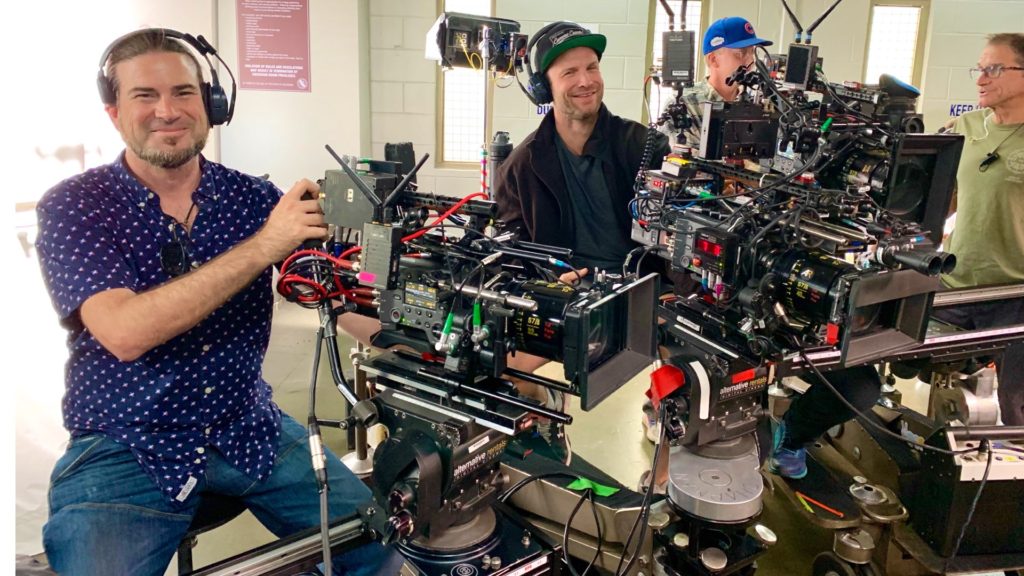
Seven prime lenses (25mm, 32mm, 40mm, 50mm, 75mm, 100mm, and 135mm) in the main set, plus duplicate lenses of the 40mm, 50mm, 75mm and 135mm for use on two, and sometimes three, Sony Venice full-frame cameras.
Large format cinematography: Advantages and weak spots
When it came to his first full-frame project, Oliver found it interesting to work in a new format where what you get is slightly different than what you expect. “Lenses come across wider than in 35mm format, which gave us a different field of view, with the 75mm prime being my ‘go-to’ lens for close-ups and medium shots,” he said. “For our wide shots, I mostly used the 32mm and 40mm. When shooting a black comedy, you’re not going to go to the extremes from scene to scene, so I didn’t use the 25mm or the 135mm as much. The bulk of the shooting is within a fairly narrow range of focal lengths, 40mm to 100mm, except for special moments”. Indeed, large format cinematography demands a different creativity approach than Super 35 imagery. Make sure to read our article: Large Format Cinematography: Roger Deakins Talks About the ALEXA Mini LF to educate yourself more about this fascinating format derived from large sensors.
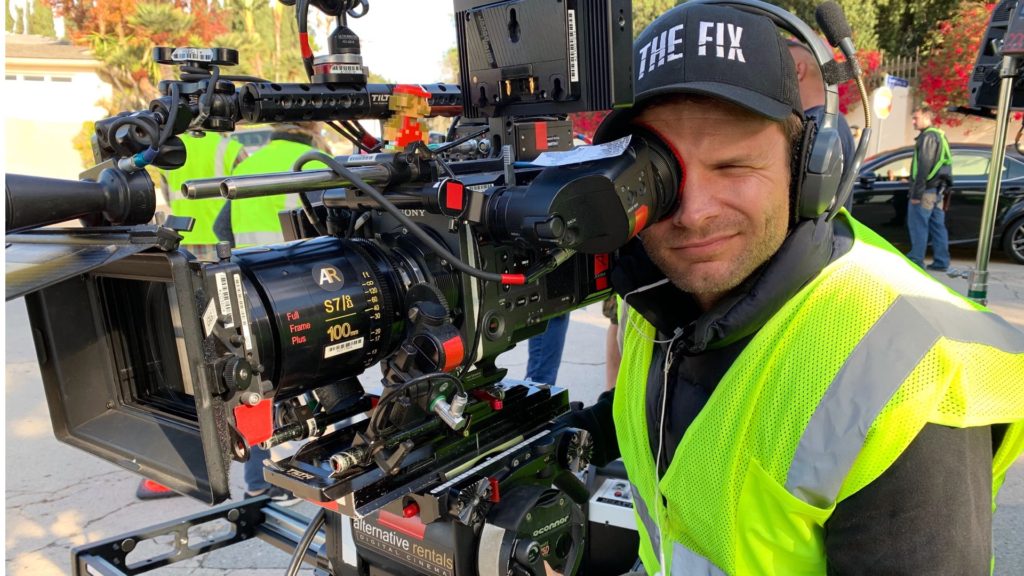
Dead to Me BTS: Lenses come across wider than in Super 35mm format, which gave us a different field of view, with the 75mm prime being my ‘go-to’ lens for close-ups and medium shots,” he said. “For our wide shots, I mostly used the 32mm and 40mm.
Cinematographer Toby Oliver, ACS
The Sony Venice
This was to be Oliver’s first full-frame project, shooting on Sony Venice cameras in 6K mode, using all of the full-frame sensor. Venice is Sony’s cinema flagship. The camera named on the famous Venice Beach in Los Angeles and the Italian city, and it’s known for being one of the most important cameras in the industry. The VENICE has been accepted honorary within industry professionals and Hollywood productions. Recently, Venice has got upgraded by a new firmware update that allows enhancing of HFR capabilities. Read more on Sony VENICE got Upgraded With Firmware Version 6.0.
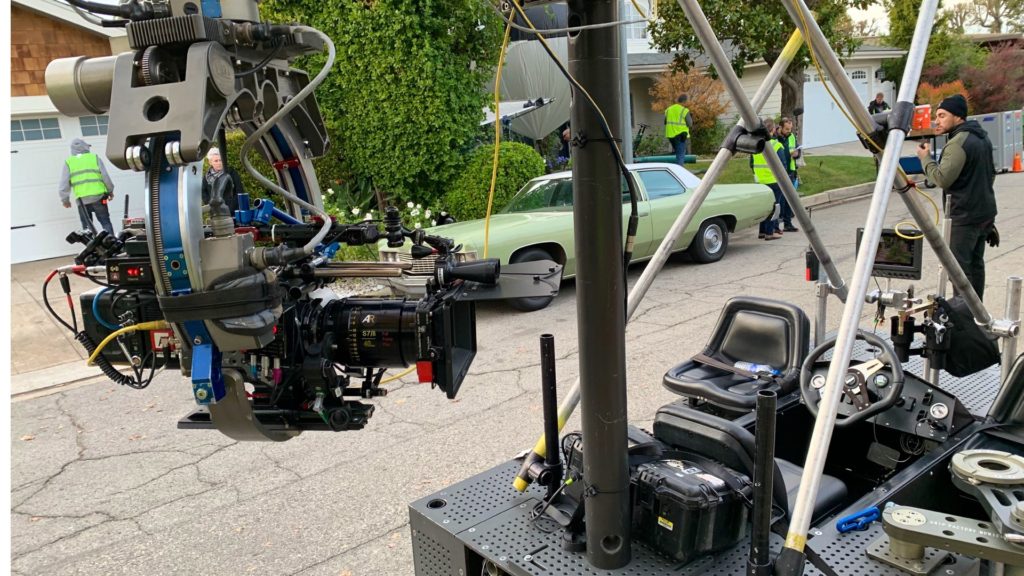
Modularity is the key
Venice is designed as a supermodular apparatus. The camera allows the privileged of detaching the sensor from the body and assemble an extension unit for further modularity and cinematographic maneuverability. Separating the camera body and image sensor block by up to 18′ provides flexibility when filming with gimbals, handheld, in helicopter/underwater housings, with custom rigs such as those used for 3D/VR content and shooting scenes in confined spaces such as vehicles. Here you find an example for that implementation used on Dead to Me. You can explore in the picture below that the Cooke S7i 32mm attached to the Sony Venice Rialto sensor block extension module that was used to get the low angle shots inside a freezer.
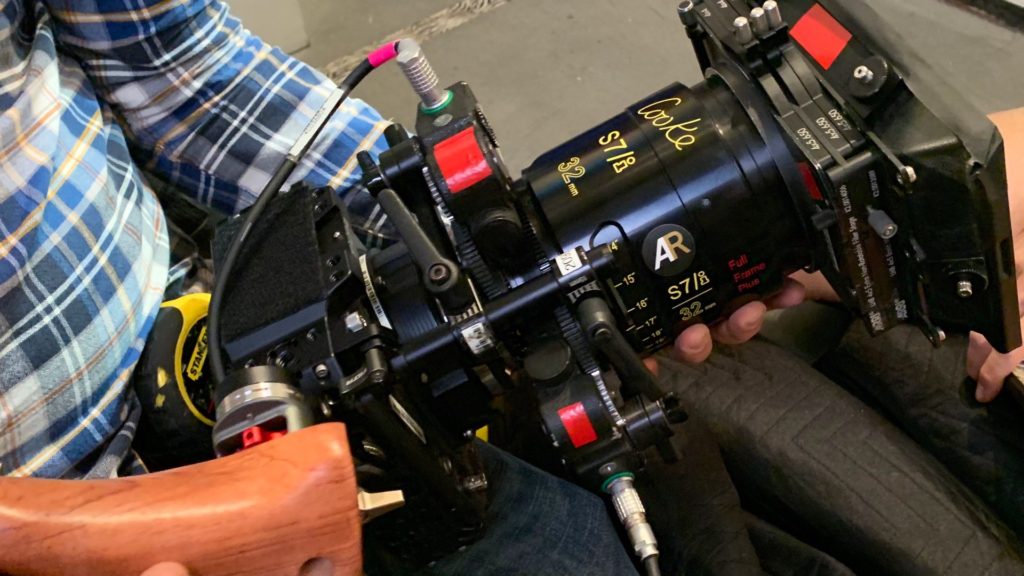
As we wrote before, the advantage of this unique modularity of the Venice was utilized creatively in the forthcoming Top Gun: Maverick, by implementing six of these sensors inside a combat cockpit. Read more on the article Top Gun: Maverick – Six Sony VENICE Cameras Inside a Fighter-Jet Cockpit, to understand the potential of the Venice’s modularity.
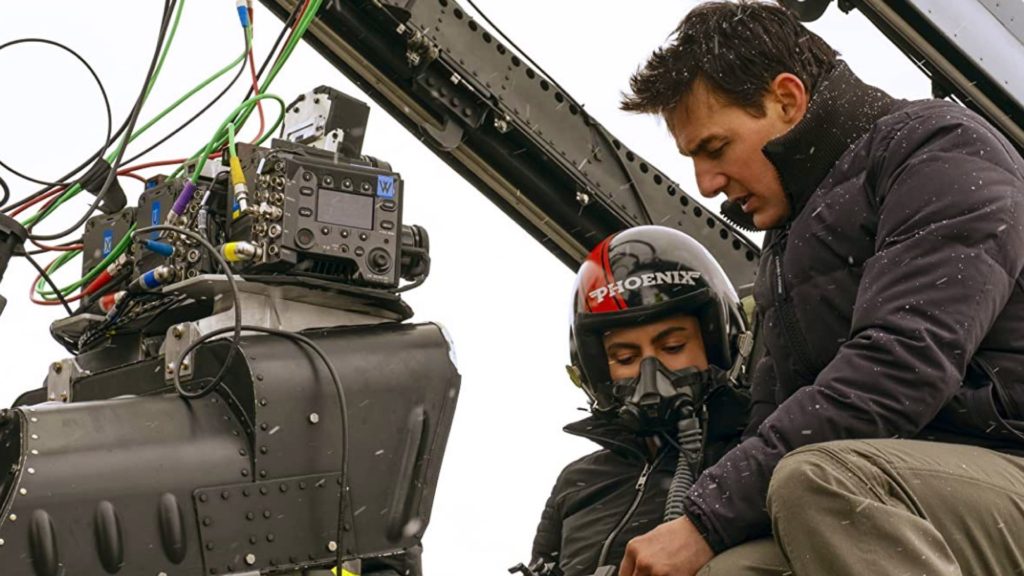
Final thoughts
Mastering and delivery of large format imagery demand a different filmmaking approach. Technically, you need to choose the right tools for the job, and artistically, you must know the pros and week points of large format cinematography. In the case above, we have a demonstration of the combination of the Sony Venice (including its modularity) and the Cooke S7/i (as the large format glass). Both of them were probably the best tools for delivering the most correct imagery to fit Dead to Me’s story.

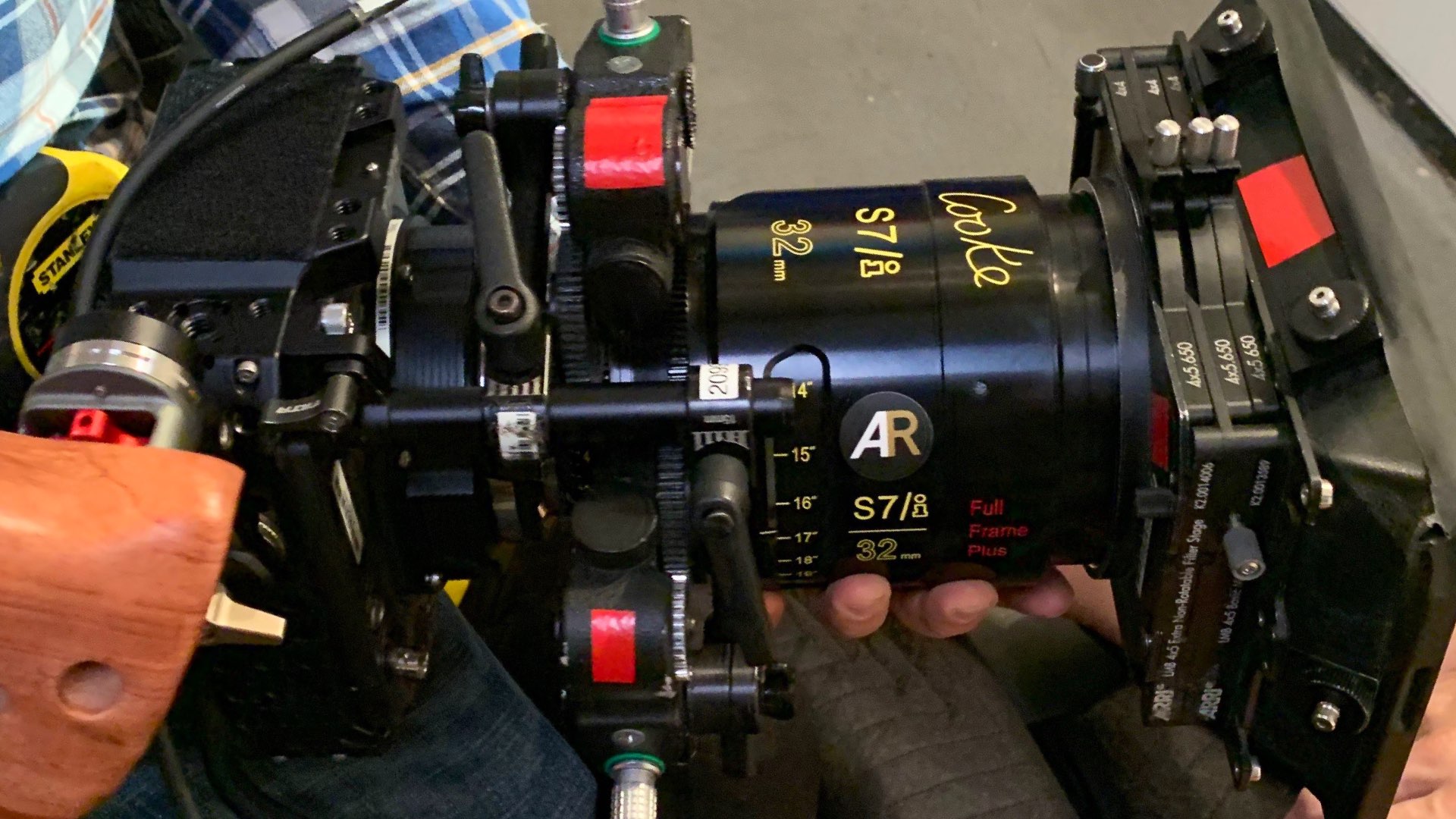


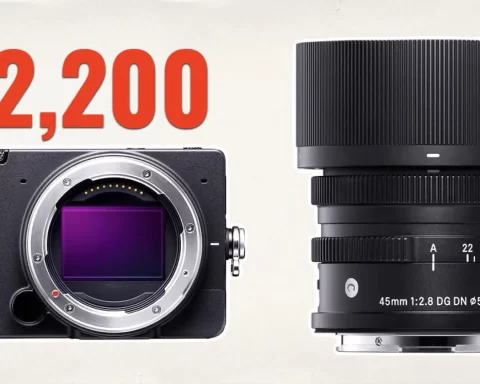
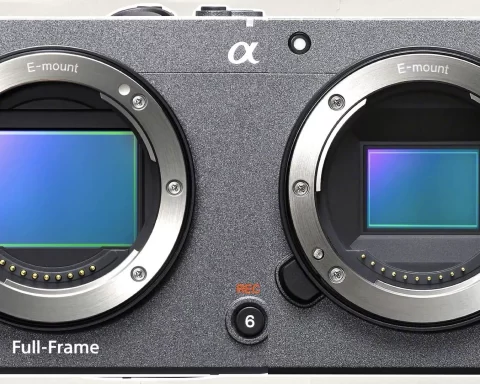
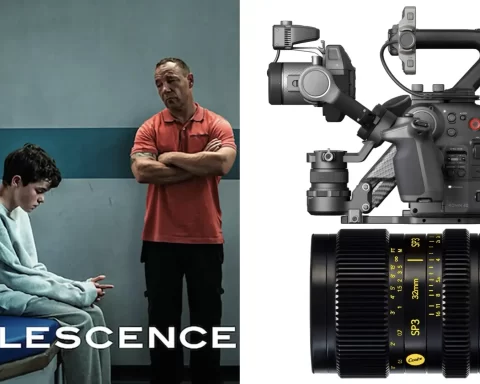
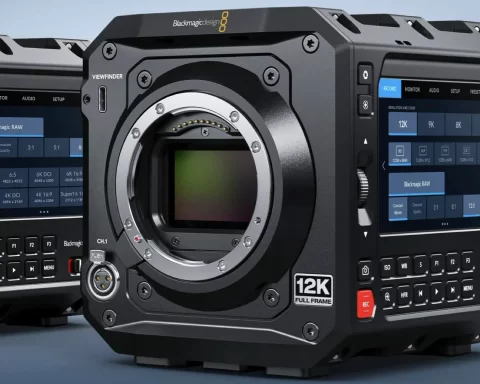

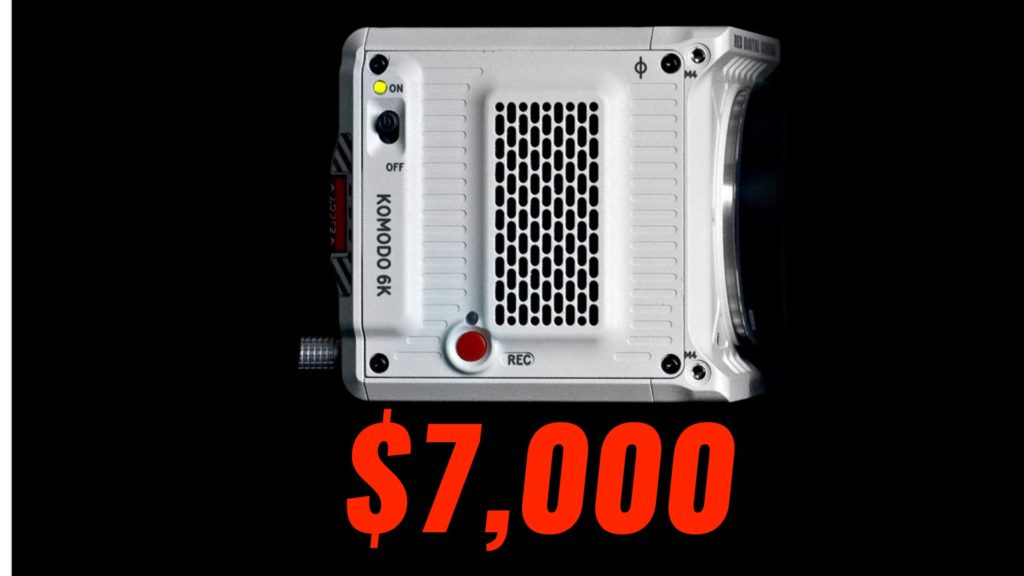
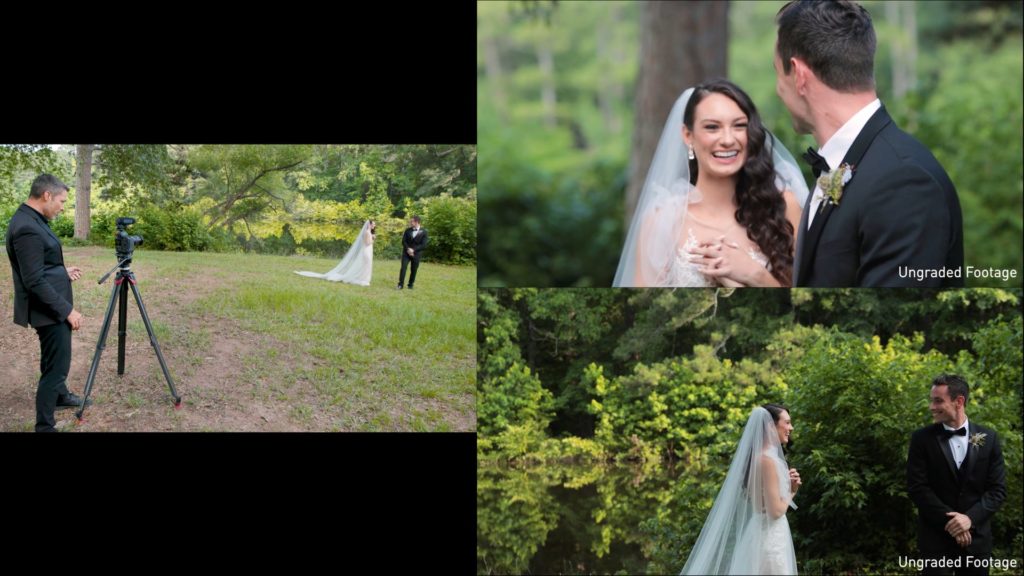




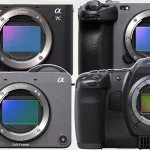
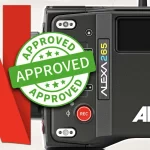
Indeed, sony is one of the best brands of any kind of electronic gadget. The customers have a valid trust in such brands as it provides effective services to all the customers when they need it. They provide all the latest technology-based features to all the users for making a user-friendly platform. thanks for this knowledge you have shared for us. I always appreciate everything.